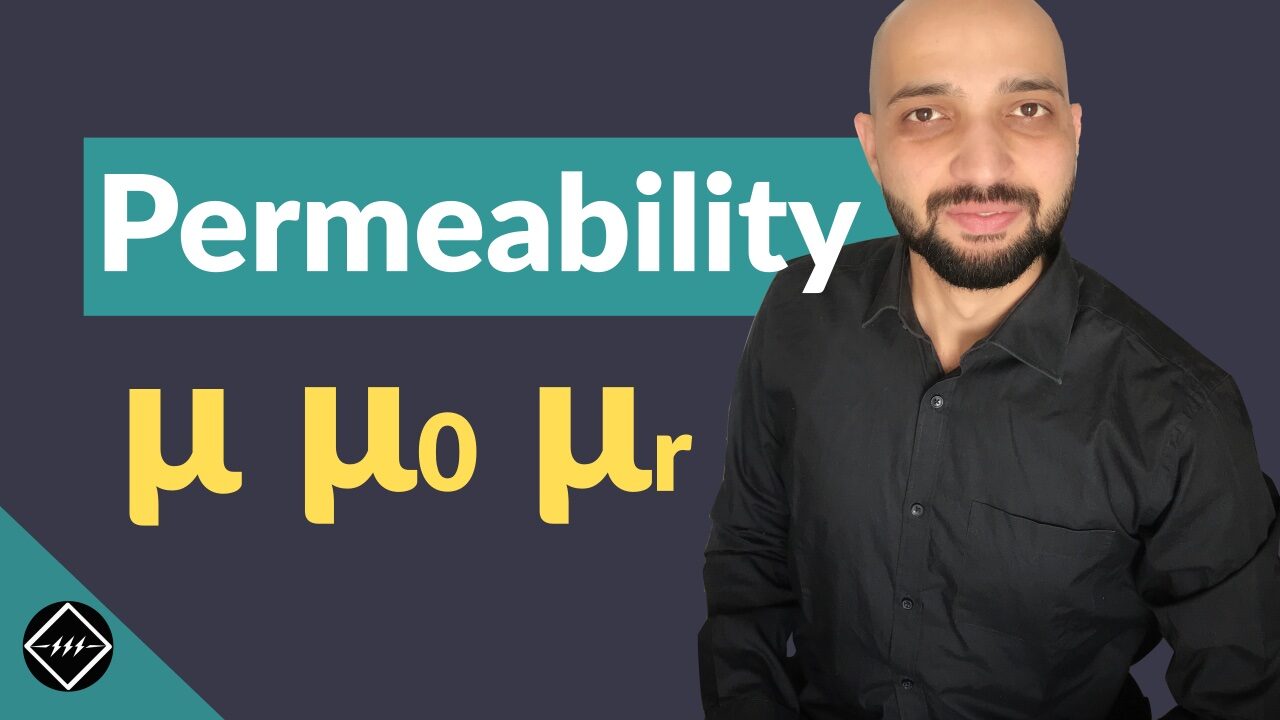Static Electricity | The Science Behind Electricity
Static Electricity | The Science Behind Electricity https://www.theelectricalguy.in/wp-content/uploads/2017/01/static-electricity-the-science-b-3-1024x576.jpg 1024 576 Gaurav J Gaurav J https://secure.gravatar.com/avatar/87a2d2e0182faacb2e003da0504ad293?s=96&d=mm&r=gHave you ever thought, from where the concept of electricity, the concept of flow of electron came? It all came from the one Basic concept, named static electricity, and in this tutorial, we are going to learn about the Static Electricity. So, let’s start.
If you rub a glass rod with a Silk cloth you will find that, they start attracting each other. Now in earlier stage some people told that, there is some exchange of fluid taking place between those two material (glass and the silk cloth) and that exchange was actually creating the force of attraction or the repulsion.

After sometime, very clever Benjamin Franklin told that, “No, you guys are wrong. When you are rubbing these two material with each other, you are actually transferring the charge and that charge is causing the attraction between those two materials”. And those charged is nothing but our tiny little particles called electrons. Now we will get to the science of this.
We know that every material is made up of small building blocks called atom. This small atoms are further made up of three different parts, that is Electron, Proton and Neutron.
- Electrons are negatively charged
- Protons are positively charged
- Neutron does not have any kind of charge or simply you can say they are neutral.
The proton and neutron in an atom are tightly bound together and they form the centre part of an atom. This centre part is called as Nucleus, and this combination of proton and neutron determine the type of material it is.
If you could change the number of proton in the nucleus i.e. if you could add or subtract the proton from the nucleus, you could also change the type of material, that means you can convert any metal into gold but, of course technically this is not possible.
Addition of neutron in the nucleus causes nothing because, they don’t have any kind of charge. So, what you have to remember here is, proton and neutron are tightly bounded and they cannot be moved but, the electrons which has negative charge, they has freedom and are not tightly bonded together with each other so, they could move from one position to the another in an atom.
You can even take electron from other atom and place it into another. This exchange, will not affect the atom but, it will definitely create some imbalance in that atom. Well, now the question is, how?
It’s simple, let’s say you have (+2) with you, to make it zero or neutral what you will need? You will need add (-2) and that will make it zero or neutral.
(+2) + (-2) = 0
Now let’s say, someone added (+1) with (+2), and the equation now becomes,
(+2) + (+1) + (-2) = 1
You now have an extra one, that means you are not zero or you are not neutral & that extra one will create the imbalance.
If you understood the above explanation, then you have understood how imbalance is created in an atom.
Now concentrate on the following image, you will find that there are 6 proton and 6 electrons and which are resulting in a Balance atom.

(+6) + (-6) = 0
Now, if we add an extra electron in this atom, it will not remain balance anymore because, it will try to remove that extra electron to become neutral again and that will create imbalance in that atom. Such atom is called as Imbalanced atom.
(+6) + (-7) = -1
The same thing was happening when we were rubbing the glass rod with the silk cloth, rubbing of the glass rod with the Silk cloth was creating the transfer of electrons from glass to the cloth or from cloth to the glass and that transfer of electrons was creating the imbalance between those two materials, as a result that imbalance was actually creating the force of attraction.
And this imbalance of electrons between the atom is called as Static electricity.
Why static? Because, the electrons remains in the static condition until we provide them a path. If we connect glass rod and Silk cloth with the wire, the electrons will start flowing and it will keep flowing until all the atoms get stable again. If we do not provided any path to it, it will remain in static condition and that is why it is called as static electricity.
Now we have reached at two very important conclusions.
- First, rubbing of the two materials creates an imbalance between the atoms. Does this imbalance is the concept of voltage?
- Second, when we connect the two imbalance material with the wire the electrons starts flowing. The flowing of electrons is it the concept of current?
To get the answers and to understand the basics of Voltage & Current, you need to go through the next tutorial.
Gaurav J
Electrical Engineer. Content Creator. Currently working with a High & Extra High Voltage Switchgear Industry.
All stories by: Gaurav J


